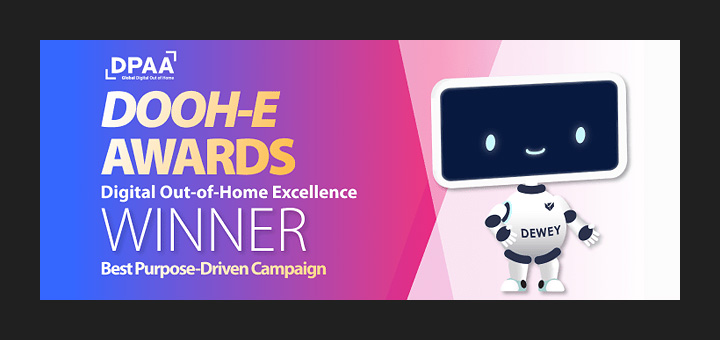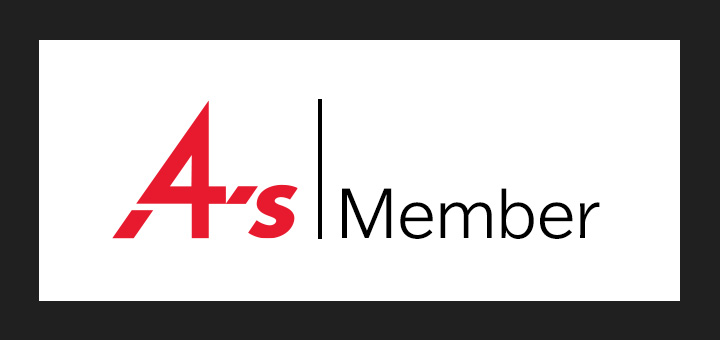Smart Data Strategies And Adtech Implementation: Interview with Pat Fitzell, Director at łŐşşµçłµ
By Angela Scott-Briggs
A recent report by ANA claims 23% of programmatic dollars – $20B – are wasted. While the report may have made some sweeping generalizations, there are ways that marketers can prevent waste for their clients, especially with programmatic under mass scrutiny. In this exclusive interview with TechBullion, media expert Pat Fitzell, Director at NOVUS Media, shares how the digital media space can be redeemed through smart data strategies and adtech implementation:
Please tell us more about yourself and your journey to becoming a digital media expert?Â
I’m Pat Fitzell, Director of Platform Investment at NOVUS. Prior to starting a career in media, I was a journalist, hunting down leads and checking facts ahead of publication deadlines. I bring that storytelling background to all things media, making compelling arguments founded in consumer research and performance data.
What unique solutions do you provide at łŐşşµçłµ and what are your success stories?Â
At NOVUS, we look at planning media through the lens of geography because where people live, work, and play is linked to their everyday life and says a lot about them. We leverage rich consumer research data mapped to US ZIP Codes and when that data is married with client sales data, we can develop unique Trade Areas for media application. The key benefit to our clients is being able to identify the most productive ZIP Codes AND the types of consumers in those geographies. This has proven valuable for our clients across multiple categories. Of course, this is beneficial for retail clients with physical locations, but it also works really well for less obvious clients like healthcare, financial services, and B2B software solutions.
Could you give us some statistical insight into the digital media market and what challenges the industry is currently facing?
Privacy concerns have always been synonymous with digital media. Since Apple iOS 14 was first released, “opt-in” rates for cross-app tracking continue to hover around 20%. That’s a big challenge for digital media pros trying to accurately identify and scale audiences, which is why our Proximity trading desk’s device graph has access to nearly 94% of the US adult population. Transparency of the supply source is another challenge not many clients hear about from their media agency but it’s a hot topic within our walls. So much inventory gets sold and resold across exchanges that the closer a media buyer can get to the original supplier or avoid bidding across multiple SSPs for the same ad impression the better because it drives efficiency.
In what ways can marketers prevent waste for their clients with smart data strategies and adtech implementation?Â
One simple yet often overlooked way to prevent media waste is using free data in the form of geo-targeting. With the help of NOVUS’ proprietary analytical tools, we identify the most productive geographies and focus media investment in areas with the highest concentrations of a client’s best prospect. If 3rd party data is needed to cast a wider proverbial net, we judiciously apply those layers to media tactics so as not to over-spend in non-working dollars. This approach ultimately puts more spend against working media dollars to reach consumers in a meaningful and impactful way. We’re also using industry leading contextual targeting solutions which are about a third of the cost of behavioral data. As the old adage goes, “Content is King!”
On the issues of cost efficiency, how can marketers leverage lowest CPM, cheapest impression provided by private marketplaces and what sort of outcome should one expect?
Through skilled negotiations and prudent auditing of supply side partners, we’ve been able to secure aggressive floor prices without the need for guaranteeing a certain spend. We also have long-standing relationships with publishers from NOVUS’ heritage in print media. To capitalize on the changing consumer behavior relative to news media, in the middle of the pandemic we created Premier, a massive private marketplace of over 700 local newspaper sites, at a very competitive rate that delivers the additional benefit of unified measurement through the DSP.
What optimization strategies do you suggest to digital media marketers for better ROI?Â
The optimization strategy that achieves the best ROI isn’t always linear, so you need to think creatively. For example, use leading indicators like store visits/foot traffic data to signal people “choosing with their feet.” If you don’t have brick-and-mortar locations, and/or you’re tracking sales online, set the campaign up to optimize towards that conversion event and leverage platforms powered by machine learning to drive even better results. The toughest thing in that scenario is to not touch the campaign manually – the algorithm is nearly always better than a human at optimizing even if it doesn’t meet your day-to-day or week-to-week objectives. You’ll still be better at the end by being judicious with your adjustments. When all you have is an MMM analysis that gets delivered 3 months+ after the media ran, push the provider to give you as many cuts of the data as possible (accounting for statistical significance) so you can make in-flight optimizations in the future based on more real-time signals like creative performance or efficiency (lowest CPMs). Most MMM studies will only tell you which channels to invest in and the studies don’t always control for external factors.
Looking at transparency in agency and tech fees, what are the challenges the industry is facing and how is łŐşşµçłµ helping marketers save more?Â
We work diligently to be good stewards of our clients’ media budgets and spend the extra time needed to ensure their dollars are responsibly invested. We also partner with martech companies who are fully transparent in reporting fees for data and utilization of the technology, mainly on the DSP side. For example, we use bid shading across all of our clients’ programmatic buys, which combats the pressure from publishers trying to garner the highest dollar amount for each impression sold programmatically. Additionally, we are being aggressive in the supply space to grade SSPs on inventory price and quality to minimize reselling or wasteful bidding across multiple supply sources for the same impression.
What is your take on the problem of cookies and how can marketers save money on the often-unnecessary third-party data costs?Â
Similar to the response above, we’re leading our clients with alternative targeting techniques, usually stemming from geographic signals that won’t disappear when cookies do. We also recommend that all our clients develop a 1st party data strategy if they don’t already have one. CDPs and strong CRM programs are going to be invaluable to digital marketers once cookies are no longer available. Even building up remarketing pools of people who’ve seen an ad, interacted with a company’s social account or visited the company website is a good start.
How can digital marketers benefit from Local or location targeting now, at a time where the internet has made it possible to reach as many audiences as you want?Â
One of the biggest benefits of using location-based targeting and audience building is that signal is persistent through the bidstream when an ad call comes to our DSP seats. When cookies do eventually disappear, the location of a user will be one of the newest and most valuable currencies to identify, define and validate a consumer being served an ad digitally. Even in a world with 3P cookies enabling 1:1 marketing, we still see less waste and better performance by targeting our ads to strategic geographies. You’d be surprised how much waste exists in 1:1 because something is not geographically or culturally relevant in a certain area.
What are you currently working on, any available opportunities for partnerships or Investment at łŐşşµçłµ? Do you have more tips to share with us today?Â
From a partnership standpoint, we’re constantly evaluating our suppliers and are open to discussing unique and innovative ways in which greater transparency and efficacy can be achieved, especially those that can contribute to our ability to deliver on our value proposition to clients.
For our clients, we’ve successfully applied our geo-based planning and activation approach in a variety of industries from heavily regulated ones like healthcare and financial services to entertainment, retail, and grocery. We are always looking for ways to deliver better insights about consumers and communities, and of course we’re also always on the lookout for clients who are looking for an innovative and insightful way to speak to their target customers.
ł§±đ±đĚý on ANA.




